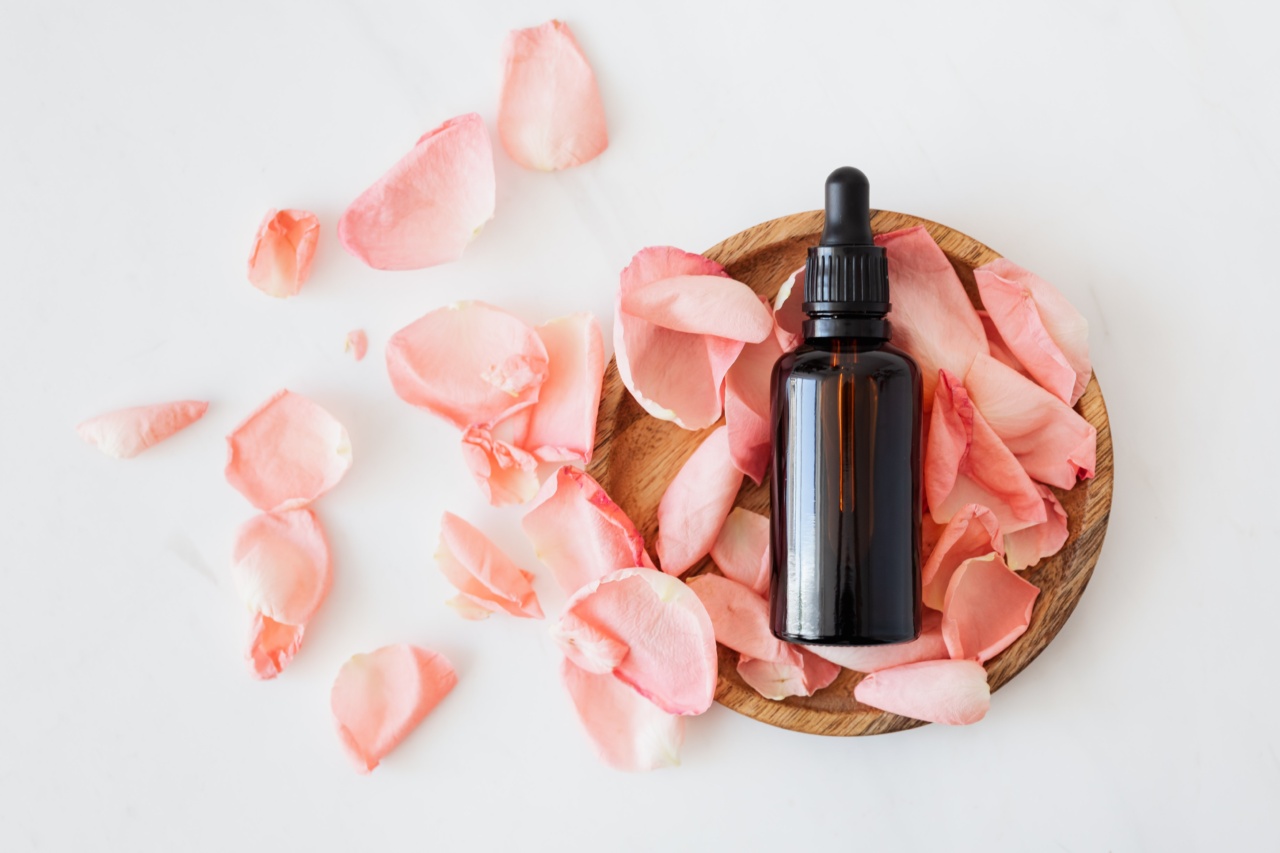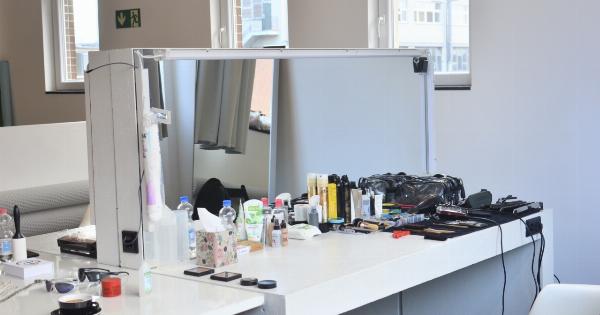When it comes to our daily skincare and beauty routines, many of us never stop to consider the potential health risks associated with the products we use.
However, recent studies have raised concerns about certain ingredients commonly found in cosmetics and their potential link to breast cancer. This article aims to explore the connection between cosmetic ingredients and breast cancer, shedding light on the importance of making informed choices when it comes to the products we use on our bodies.
The potential dangers lurking in cosmetic products
1. Parabens: Parabens are a class of preservatives commonly found in cosmetics, such as moisturizers, shampoos, and makeup. They have been identified as endocrine disruptors, meaning they can interfere with the body’s hormonal balance.
Some studies have found traces of parabens in breast cancer tissues, suggesting a possible connection.
2. Phthalates: Phthalates are plasticizers used in many cosmetic products, including nail polishes, perfumes, and hair sprays. These chemicals have been linked to hormonal disturbances and have been detected in breast cancer tissue.
While the exact mechanism is not fully understood, studies suggest a potential role in breast cancer development.
3. Sodium Lauryl Sulfate (SLS): SLS is a common surfactant used in soaps, shampoos, and cleansers to create lather and foam.
Although there is no direct evidence linking SLS to breast cancer, its potential to cause skin irritation and inflammation has raised concerns about its long-term effects on breast health.
The controversy surrounding cosmetic ingredients
1. Conflicting research: While some studies have suggested a potential link between cosmetic ingredients and breast cancer, others have found inconclusive results.
The complexity of breast cancer makes it difficult to establish a clear cause-and-effect relationship, and more research is needed to draw definitive conclusions.
2. Regulatory measures: Regulatory bodies, such as the Food and Drug Administration (FDA) in the United States, have set limitations on the concentrations of certain chemicals used in cosmetics.
However, many argue that these regulations are not stringent enough, and there is a lack of long-term safety data for many commonly used ingredients.
3. Limited testing: Cosmetic products are not subject to the same rigorous testing and regulation as pharmaceutical drugs. This means that many ingredients used in cosmetics have not been thoroughly evaluated for their potential health risks.
The responsibility falls on both manufacturers and consumers to advocate for safer alternatives.
Making informed choices for breast health
1. Read labels: Start by familiarizing yourself with the ingredients commonly found in cosmetic products. Look out for potentially harmful substances like parabens, phthalates, and SLS.
Opt for products that are labeled as “paraben-free,” “phthalate-free,” or “sulfate-free.”.
2. Choose natural and organic products: Consider switching to natural and organic cosmetics, which are often formulated without the use of harsh chemicals.
These products are typically free from synthetic fragrances, parabens, and other potentially harmful substances.
3. Do your research: Stay informed about the latest scientific findings and recommendations regarding cosmetic ingredients and breast cancer. Look for credible sources and consult with healthcare professionals if you have specific concerns.
The importance of awareness and advocacy
Breast cancer awareness goes beyond early detection and treatment.
By raising awareness about the potential risks associated with cosmetic ingredients, we can encourage companies to formulate safer products and push for more rigorous testing and regulation. Additionally, educating consumers empowers individuals to make informed choices about the products they use on their bodies.
Conclusion
While the link between cosmetic ingredients and breast cancer is still a topic of ongoing research and debate, it is crucial to exercise caution and make informed choices.
By reading labels, opting for natural and organic products, and staying educated about the potential risks, we can prioritize our breast health and contribute to the demand for safer cosmetics.























